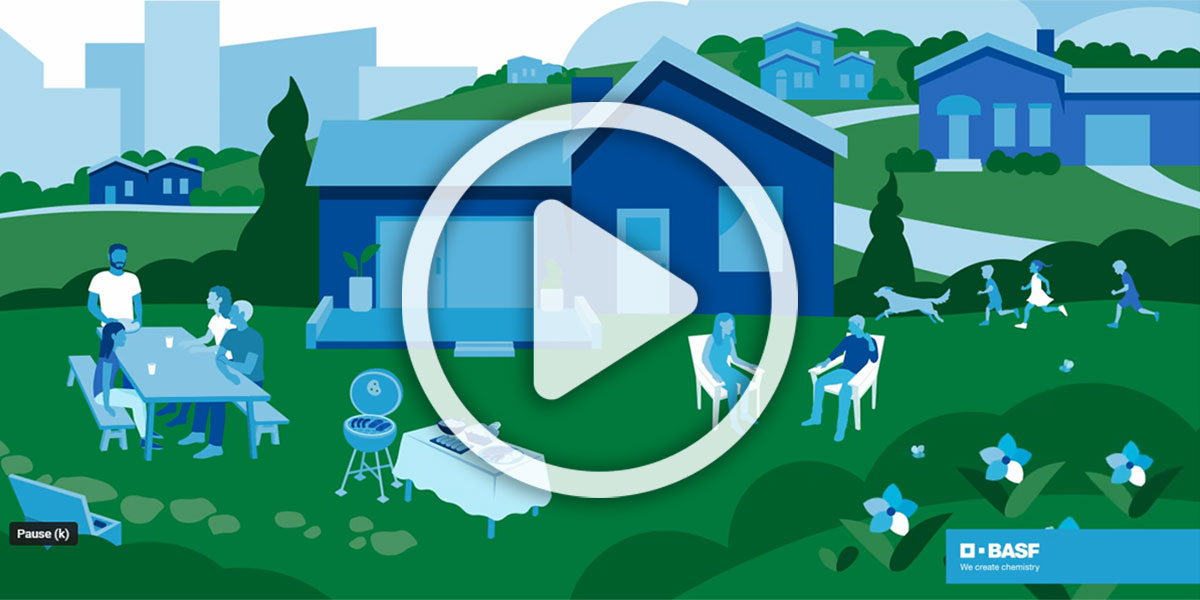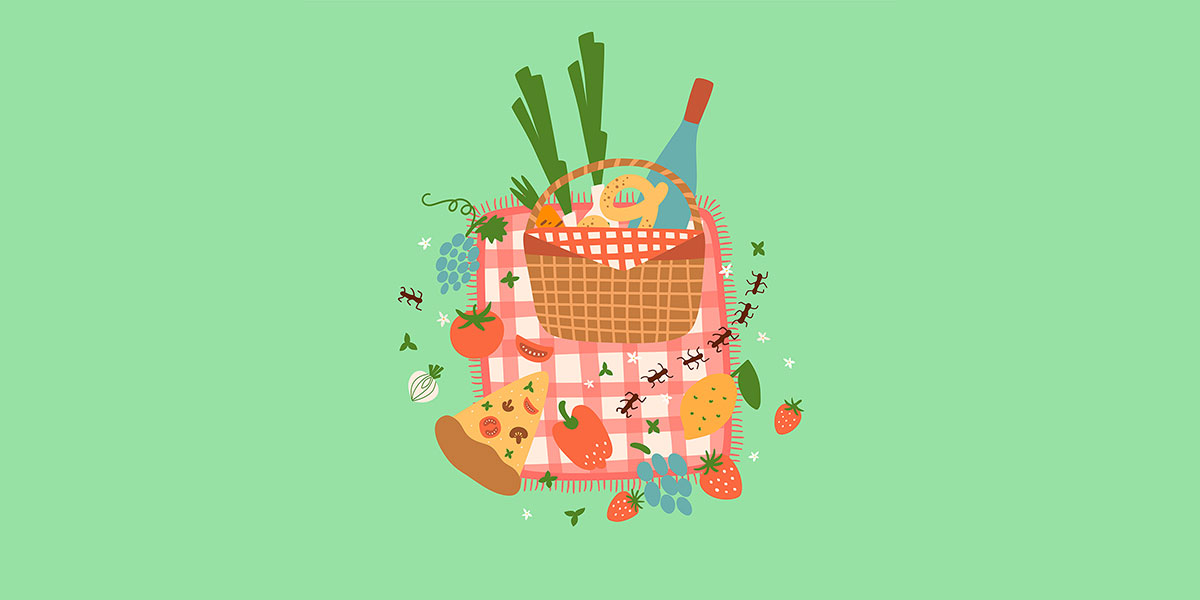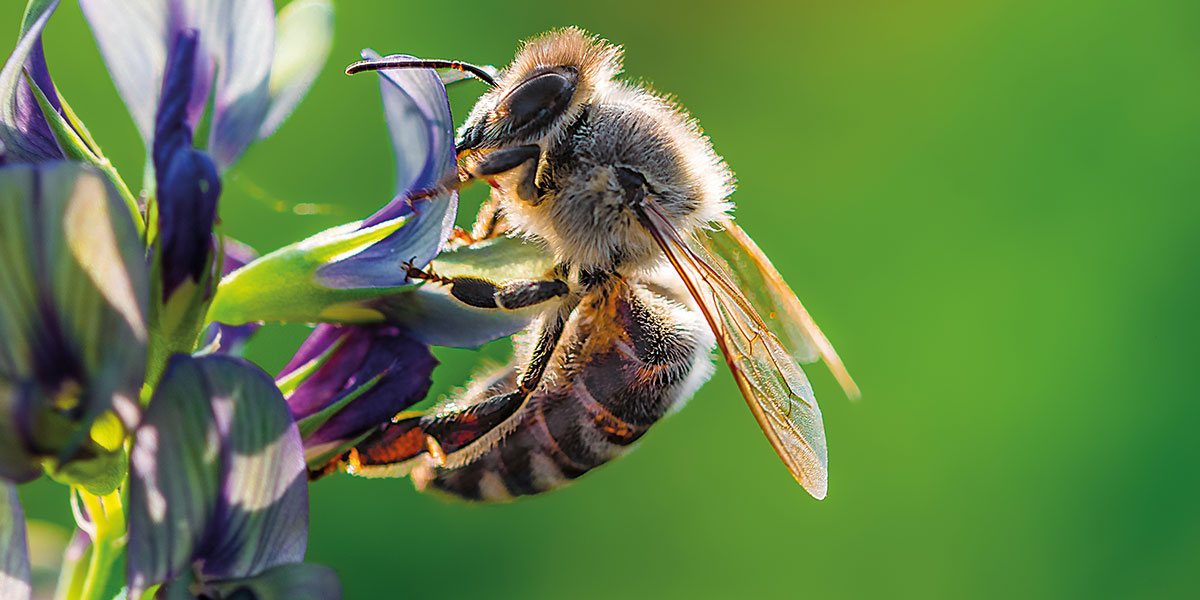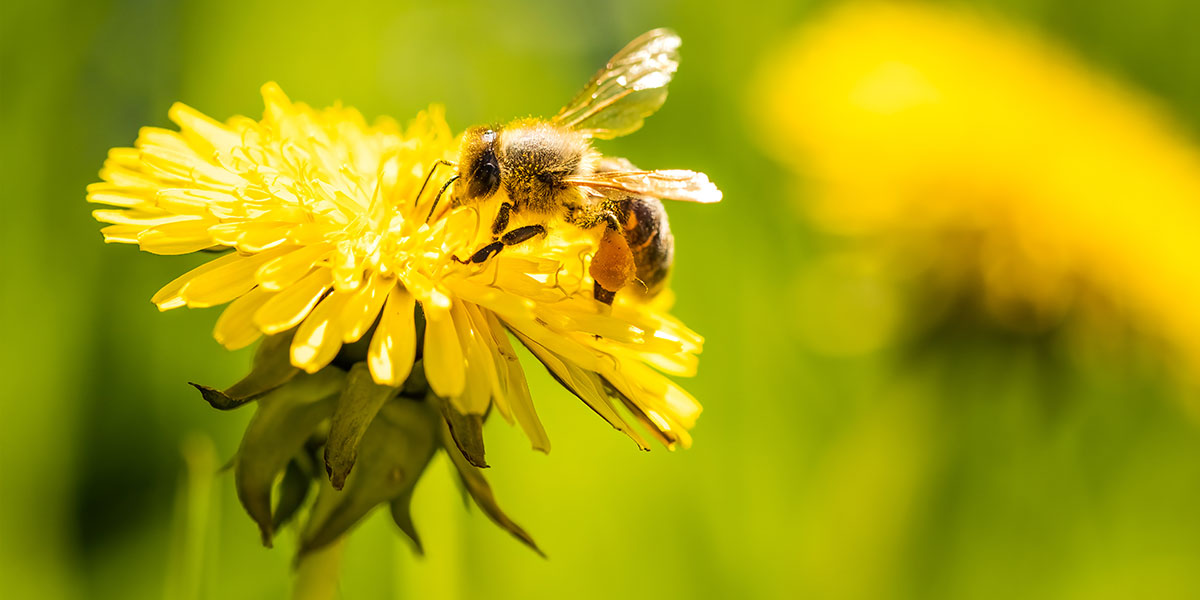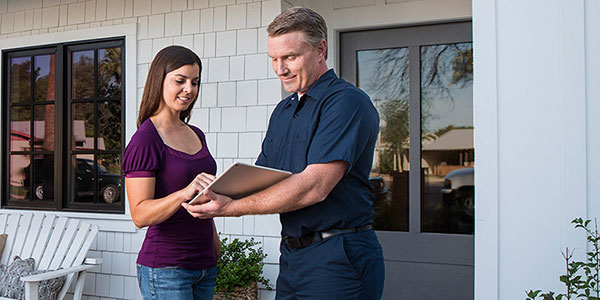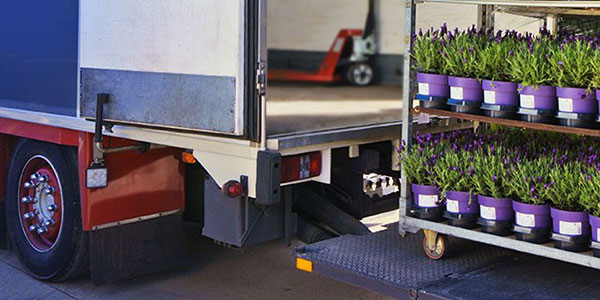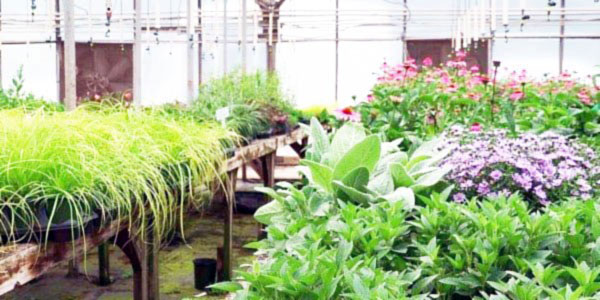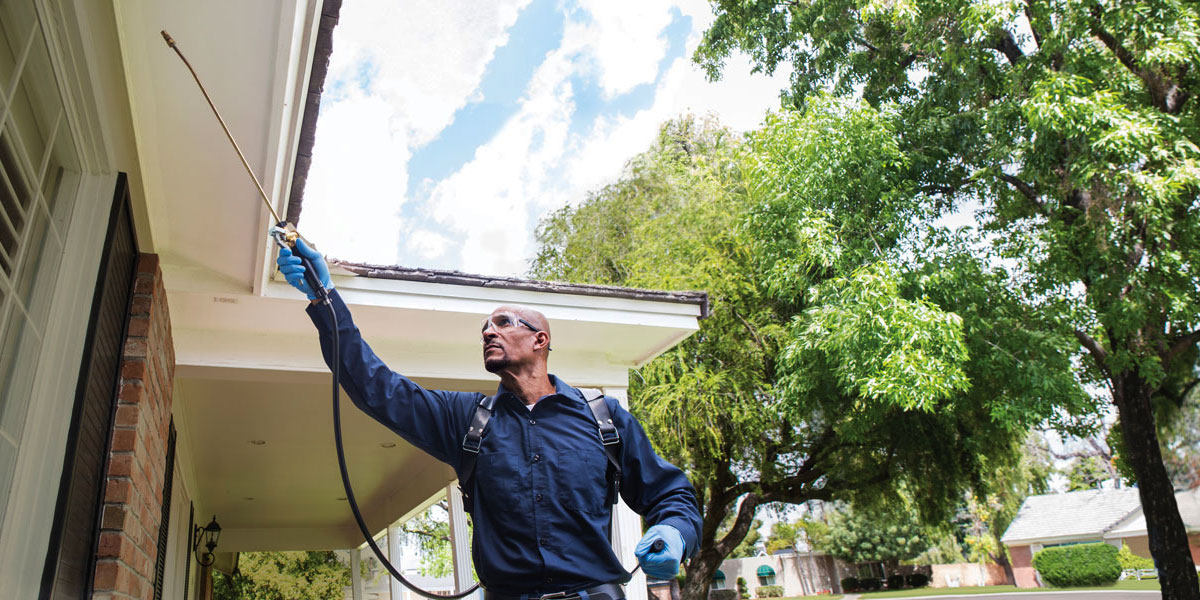Welcome to PROPER Use.
We are committed to the proper use of BASF chemistries
When used responsibly, pesticides are a valuable tool to help protect food, businesses, homes and gardens from damage and to help control or eradicate disease-carrying pests. This Proper Use website is part of our commitment to promoting responsible use of pesticides, providing pest management professionals and consumers with information that helps ensure the proper use of BASF products.
Features
P: Pest Identification, Application Sites and Pesticide Selection
When it comes to exterminating pests, you can’t begin until you know what you’re up against and you’ve identified the best pesticide to use. Here are some things to keep in mind as you do this:
What is the pest I want to get rid of?
Identifying the type of pest you want to eradicate is the first step in selecting the best pesticide and treatment plan for your situation.
There are five main pest groups: Rodents, Insects, Spiders, Weeds and Plant Diseases. Within each group, there are different types.
For example, within the Insect group – do you need to control a cockroach or an ant infestation? Knowing the pest type is important to select the proper pesticide.
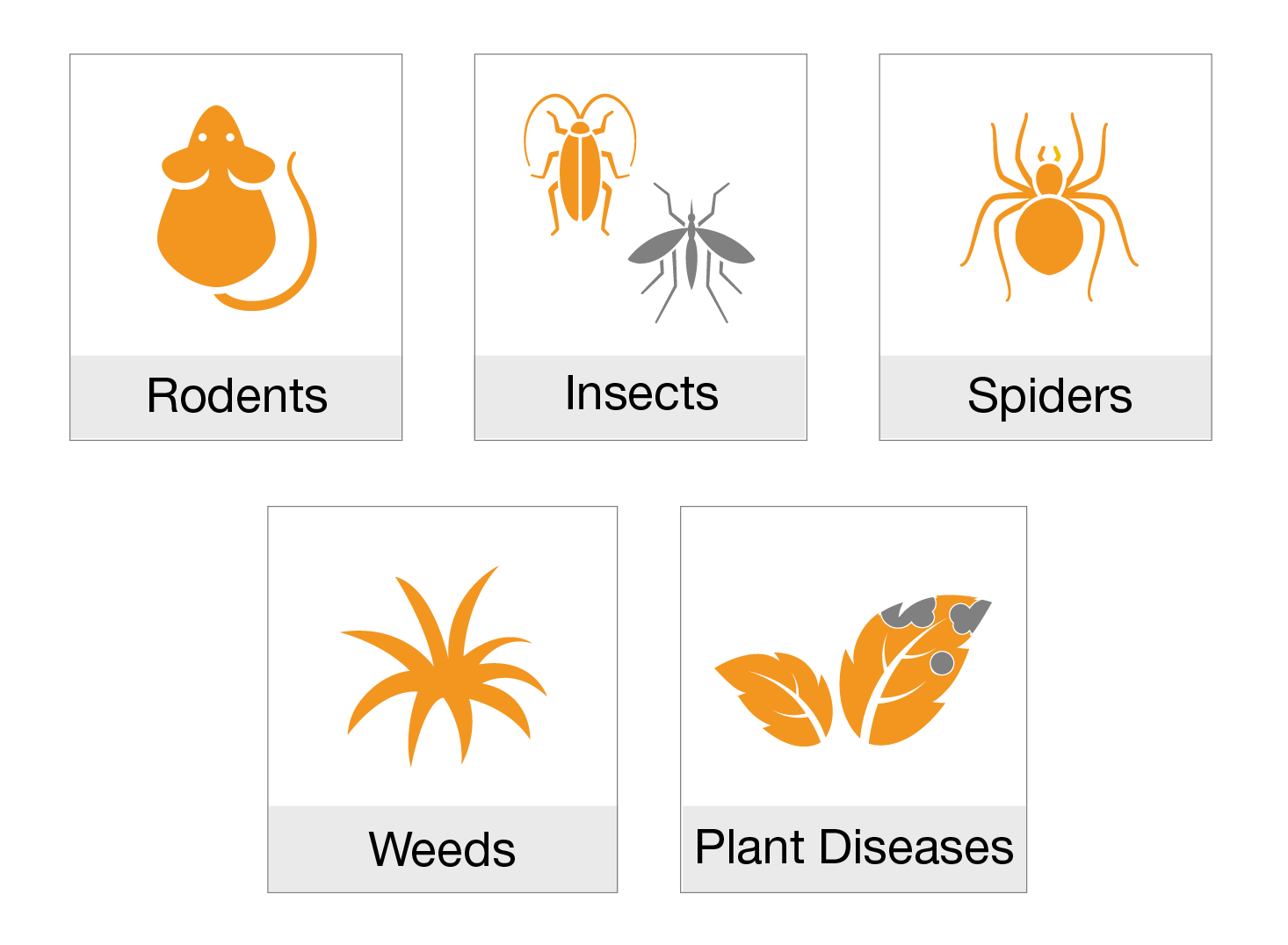
Here are some resources to help identify your pest:
Pest identification (with helpful pictures)
- Bug, Insect, and Rodent Identification List - Pest Guide
- Rodent Pest Library
- Insect Identification by State/Province and Other Categories
- Pests Commonly Found in Homes
Pests found in homes (by room)
Garden pests
Where is the pest?
Once you’ve identified the pest, identifying where they are congregating, feeding and entering the building is critically important to select the best and safest pesticide and treatment plan.
There are several things to take into account when considering the area to be treated:
______________________________________________________________________________________________________________________________________________________________
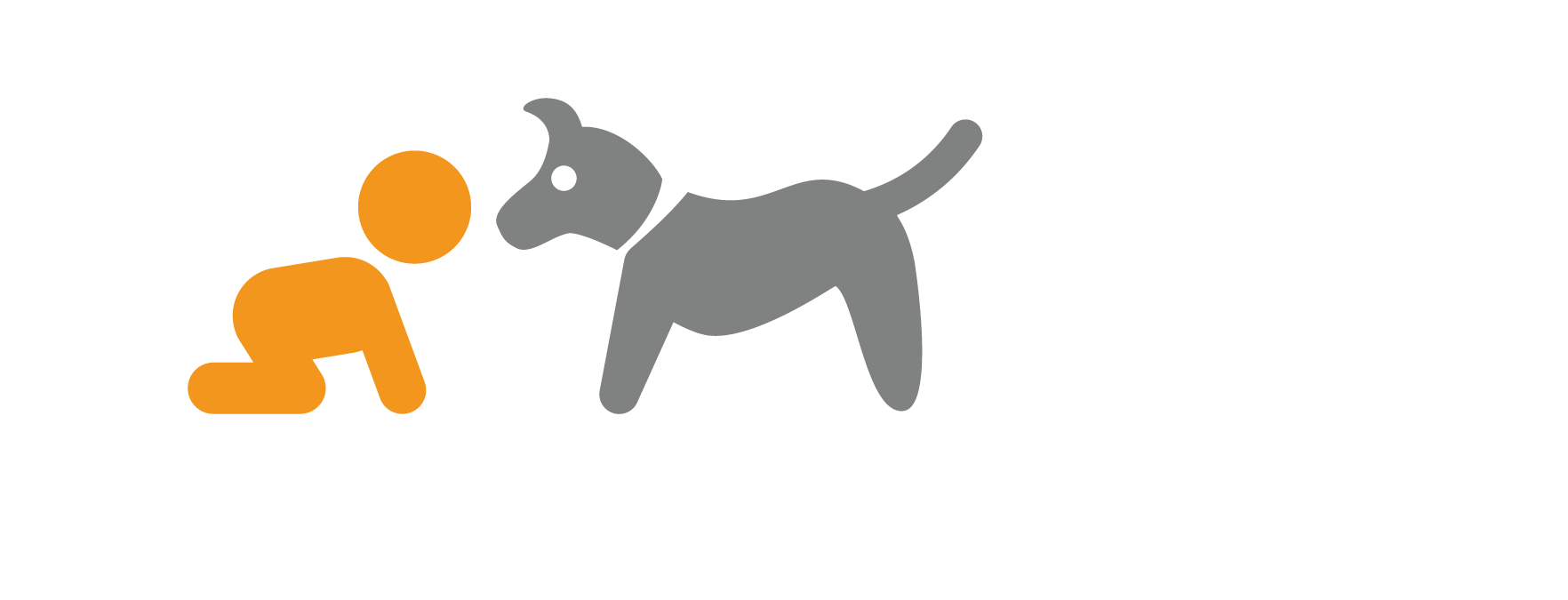
Will children or pets potentially come into contact with the treated area?
Some pesticides can be harmful to children and pets and may remain on the treated area long after application. The safety and health of people and pets must be prioritized and taken into account when using pesticides. Read the product label "Re-Entry Interval" section (also known as REI) to learn how long you must wait after the pesticide is applied before allowing re-entry into the treatment area.
______________________________________________________________________________________________________________________________________________________________

Is the area indoors, outdoors or both?
Some pesticides are only approved for indoor use, while others may only be approved for use outdoors, still others are approved for both indoor and outdoor use.
______________________________________________________________________________________________________________________________________________________________

Will food come into contact with the treated area?
Never apply pesticides on surfaces where you store, prepare or eat food – including your pet's food. These “food contact surfaces” include kitchen countertops, plates, glasses and utensils. When treating a kitchen area, only use pesticides specifically approved for use in kitchens/food areas and in strict accordance to the label. Keep in mind that not all labels permit this type of application.
______________________________________________________________________________________________________________________________________________________________

Could waterways such as rivers, lakes or storm drains be affected by the application?
Preventing pesticides from contaminating waterways is critical to maintaining a healthy environment. When using pesticides outdoors, always read and follow the label directions, check your local weather report, use common sense and act responsibly. Pesticide labels will have specific instructions you need to follow if rain is expected and will guide you on how to reduce the risk of pesticide run-off into storm drains, lakes, rivers or other bodies of water. It is a best practice to not apply pesticides outdoors if rain is expected within 24 hours.
______________________________________________________________________________________________________________________________________________________________

Could pollinators (such as bees and butterflies) and wildlife be affected by the application?
Preventing pollinators and wildlife from coming into contact with treated areas is critical to maintaining a healthy environment. For example, when applying insecticides outdoors never apply it on flowering plants, unless the pesticide is labeled for such applications. When using rodenticides outdoors, they can pose a great risk if used incorrectly. Always ensure rodenticides are securely placed inside a tamper-resistant bait station and secured in such a way that wildlife, pets, and children do not have access to the product.
______________________________________________________________________________________________________________________________________________________________
What is a pesticide?
According to the U.S. Environmental Protection Agency (EPA), which regulates all pesticides, these types of products include “any substance or mixture of substances intended for preventing, destroying, repelling, or mitigating any pest.” Pesticides include rodenticides, insecticides, herbicides, and fungicides and can be man-made or natural chemicals, or biological microorganisms.
Examples of pesticides include:
- Cockroach baits and sprays
- Flea and tick powders, sprays, wrist bands and pet collars
- Mosquito repellants
- Rodent bait (rat and mouse)
- Products that control insects, diseases, and weeds in lawns and landscapes

Which pesticide should I use?
When selecting a pesticide, choose a product specifically labeled for your particular pest and application site. For example, if you want to control cockroaches inside your house including the kitchen area, choose a pesticide that is labeled for use for that particular cockroach or cockroaches in general and labeled for indoor use around kitchens and other food handling areas. Similarly, if you are looking to control crabgrass in your lawn, choose an herbicide that lists crabgrass on the label as a weed controlled.
Never use a pesticide product that is labeled "For use only by individuals/firms licensed or registered by the state to apply termiticide and/or general pest control product". Such labeled products are only approved for use by licensed, trained pesticide professionals.
Also, consider that some pesticides are only for use indoors, while others are only for outdoor use. If you’re trying to control pests both inside and outside your home or business, you may need to use different pesticides. Always follow the pesticide label directions for indoor or outdoor uses.
______________________________________________________________________________________________________________________________________________________________
If you have questions about which BASF pesticide may be best for your pest-control situation, you can always
contact BASF Technical Support at 1-800-777-8570.
______________________________________________________________________________________________________________________________________________________________
Here are some helpful resources on the topic of selecting the best pesticide to use in different situations:
Additional steps to ensure successful pest control
To protect homes and businesses, simple preventative measures like caulking around windows and doors, installing and/or fixing windows screens, maintaining good housekeeping and hygiene practices by cleaning up food and drink spills, removing clutter and garbage, and storing food in sealed containers can help ensure successful pest control.
To protect lawns and gardens from pests and disease clean up fallen leaves in ornamental beds, follow appropriate timings for weed control, apply pre-emergence herbicides before the target weed has germinated and contact your local university plant and lawn specialist for proper identification of pests before making an application.
R: Read and Follow the Label
When it comes to pesticides, the product label is your most valuable resource on how to use the pesticide safely, effectively and responsibly.
Before purchasing any pesticide, be sure to read the label to confirm that:
- The pesticide will kill/control the pest(s) you need to manage.
- The pesticide can be used in the area in which you need to apply it, such as indoor use, outdoor use and/or kitchens/food prep and eating areas.
- The pesticide is a genuine, EPA registered product. Especially when buying pesticides online from unknown sellers, counterfeit products are a risk. These pesticides may be inferior — and could be hazardous. Sometimes, conterfeit pesticides can be identified by the lack of important information on the label, spelling errors in label text, or by the low quality of its label and packaging materials.
Here are some resources to help you identify (and avoid) counterfeit pesticides:
When purchasing pesticides, and before every use, read the entire label so you can completely understand the product and the directions for use. Then follow the label directions exactly. Using a pesticide in a manner inconsistent with its label is illegal. If you have questions about product use, contact BASF Technical Support at 1-800-777-8570.
Under federal law, a pesticide label must contain:
- Brand, trade, or product name
- Ingredient statement
- Percent of active ingredient(s)
- Registration and establishment numbers
- Net content of container
- Name and address of the manufacturer
- Statement of practical treatment (first aid instructions)
- Precautionary statements
- Environmental hazard statement
- Directions for use
- Storage and disposal statements
- Re-entry statement (if applicable)
- Harvesting and/or grazing restrictions (if applicable)
- Use restrictions (if applicable)

Each of these sections is important for you to read and understand before using the pesticide. By following the label directions, you ensure that you are using the right product, in the right amount, in the right way, and in a manner that maximizes your safety and the safety of the environment.
Here are some helpful resources on the topic of reading pesticide labels:
O: On-Target Application and Responsible Use
When preparing to apply a pesticide, here are some things to consider to ensure that the product will work effectively, and that you use the product responsibly:
______________________________________________________________________________________________________________________________________________________________

Read the label and determine if Personal Protective Equipment (PPE) like gloves, a face mask, eye protection or long pants/sleeves are required. PPE requirements are put on the label because the manufacturer has tested the product and determined that, without the required PPE, use of the product could be hazardous to you. ALWAYS use the required PPE when using pesticide products.
You can further minimize your risk by understanding the potential ways of exposure to the pesticide including on the skin, in the eyes, and through the mouth and lungs. These exposure pathways are listed on the product label.
______________________________________________________________________________________________________________________________________________________________
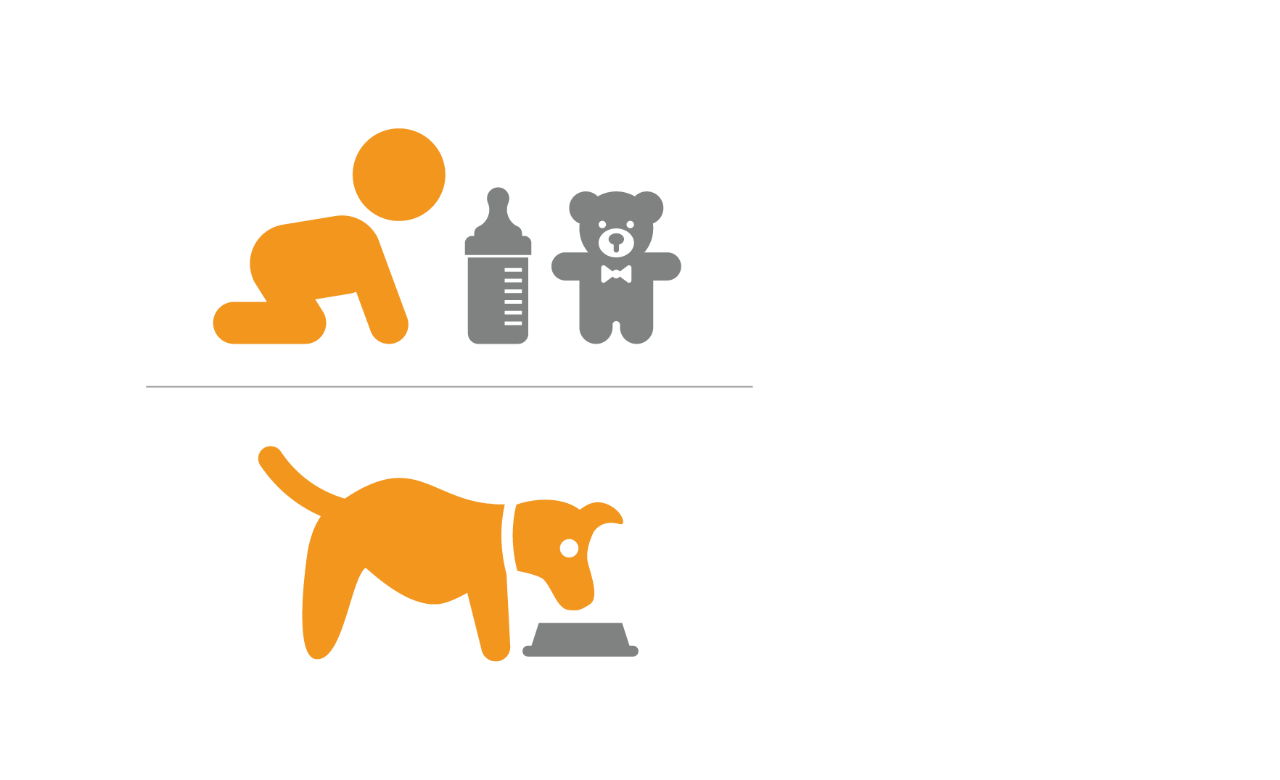
Keep children and pets away from the application area during application, and for any time after application as required by the product label. This includes removing children's and pet’s toys and their belongings — such as food, water, toys and bedding — from the area to be treated. Then, follow the product label for reentry instructions before letting children and pets back into the treated area.
If you’re using a pesticide bait (for example, for rodents, snails, slugs or insects), make sure that you are using the bait according to the label instructions to minimize access by pets and children. In most cases, this means using closed, lockable, tamper-resistant bait stations or placing the bait into inaccessible areas where the pests are found.
Keep all pesticide containers (new or used) out of children's and pet’s reach at all times.
For more information on protecting your pets from pesticides, see BASF’s “Protecting Pets: Responsible Pesticide Application” brochure.
______________________________________________________________________________________________________________________________________________________________
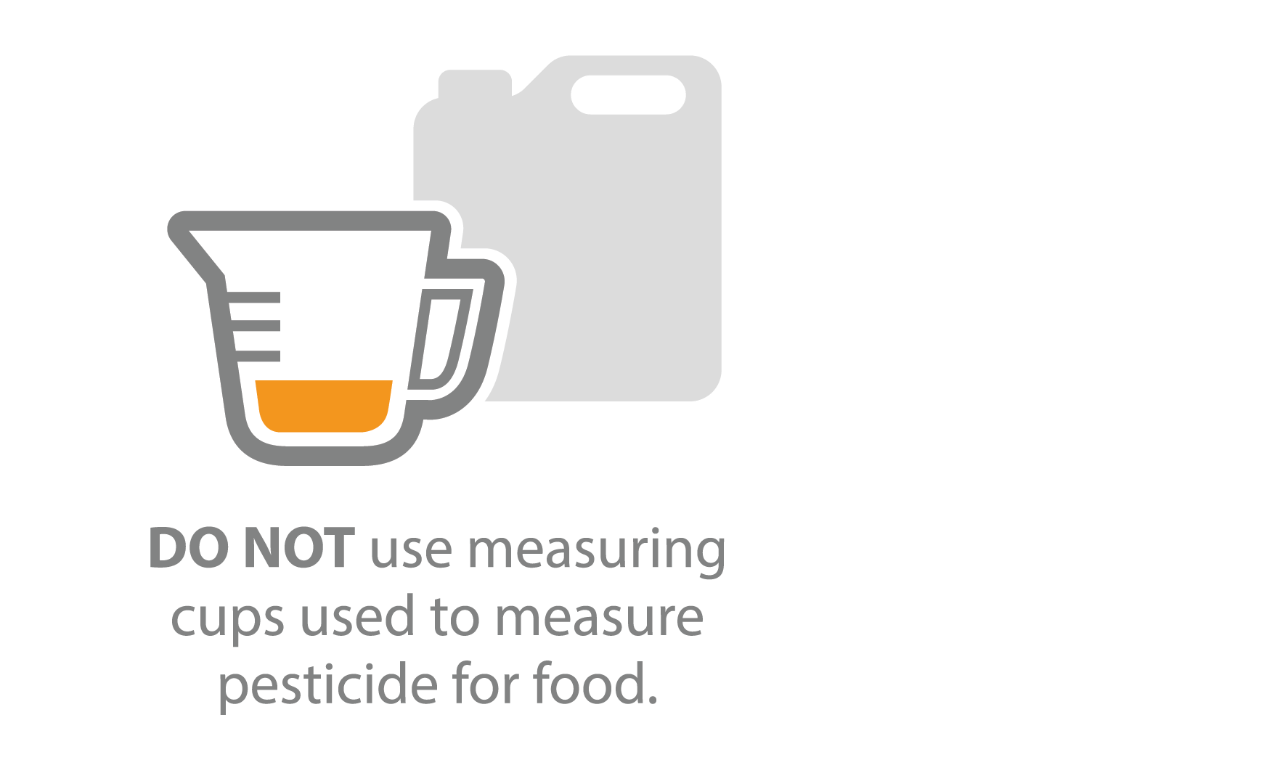
Always use the correct amount of the pesticide. Manufacturers have conducted extensive testing on application rates for pesticides to ensure that the pesticide will work as intended with the least amount of pesticide required. Using more than the recommended amount of a pesticide will not give you any better results, and could lead to undesired outcomes like surface staining, run-off of excess product, etc. It will also waste your time and money and violate the law.
Additionally, if you’re using a concentrated pesticide, be sure to follow label directions for dilution rates. Just like with application rates, using too much concentrate or improperly diluting the product will not give you better results and will end up costing you more and violate the law. Also, mix only the quantity you need for each application to reduce waste.
______________________________________________________________________________________________________________________________________________________________
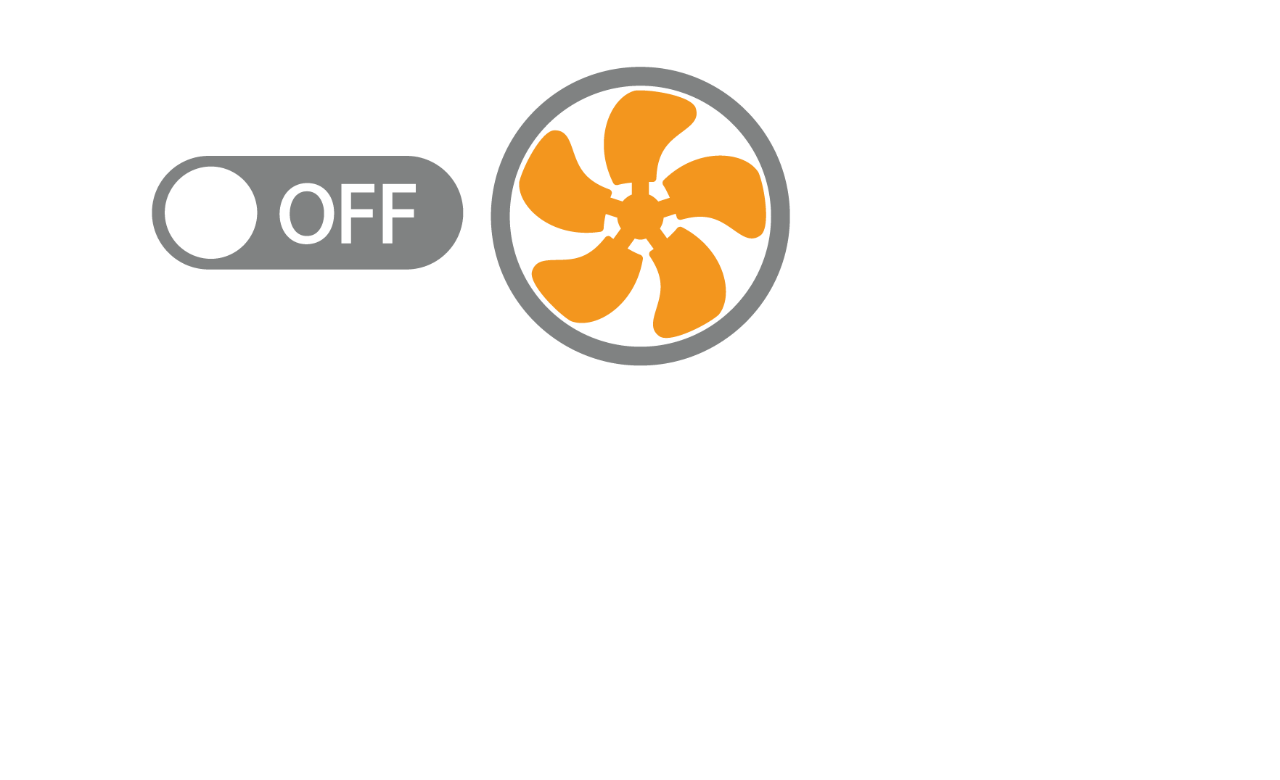
If you are using a pesticide indoors, it is a best practice to temporarily turn off any air conditioning or heating system to reduce the possible movement of pesticide from the application area to another area of the home or business. Also, cover any fish tanks and temporarily turn off the pump if they’re in the application area.
______________________________________________________________________________________________________________________________________________________________
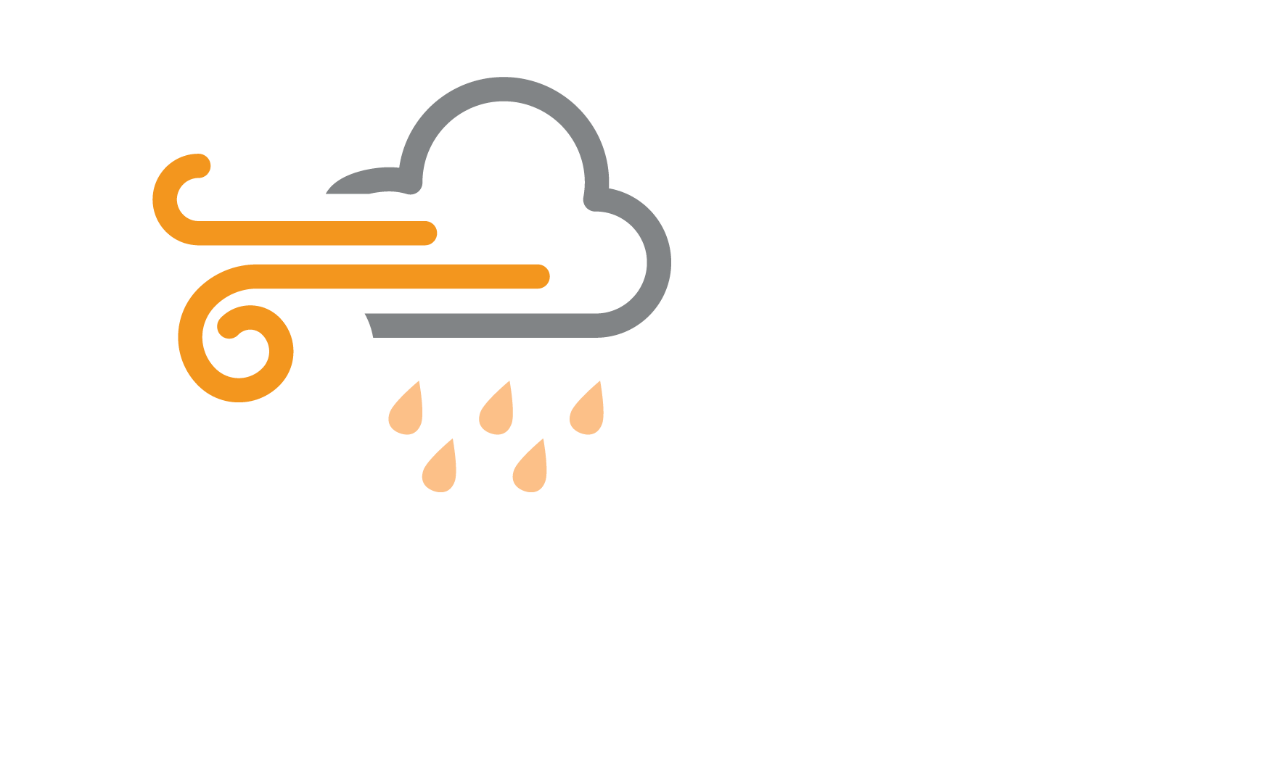
If you’re applying pesticides outdoors, take steps to prevent unintended environmental contamination. Never apply pesticides in breezy or windy conditions and be mindful of the direction of the wind when spraying. If possible, you can also use a heavier setting on the hose or sprayer to increase the droplet size of the product: heavier and larger droplets are less likely to be carried by the wind. You should also ensure that rain or water from an irrigation system will not move the pesticide application away from the treated area before it has dried. Whether using a pesticide indoors or outdoors, if the pesticide moves from the target area during application, stop the application and clean it up as directed on the label.
______________________________________________________________________________________________________________________________________________________________
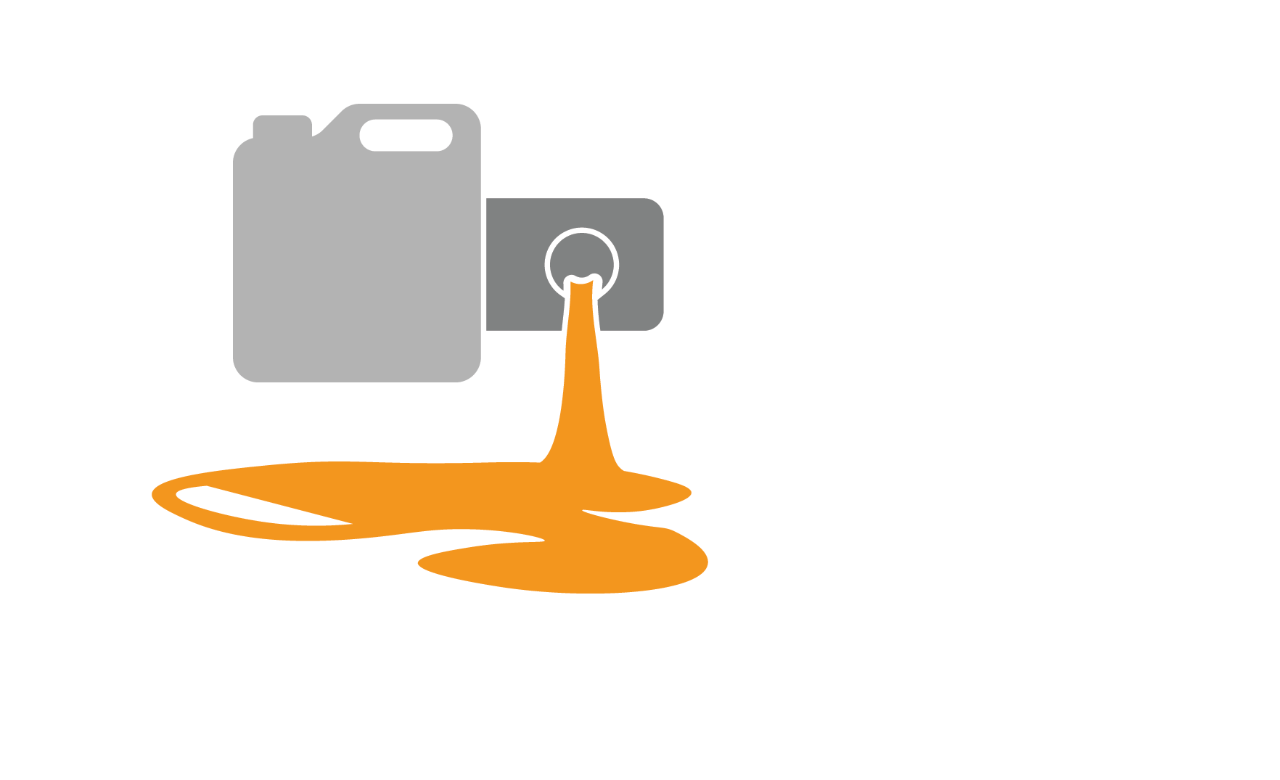
In the event of a pesticide spill, keep children and pets out of the area until the spill is completely cleaned up. The label will also give you information on cleaning up spills. Finally, it is good practice to ensure that every application area is well ventilated before using the pesticide, and that the product has completely settled or dried in accordance with the label instructions before allowing people or pets to re-enter the area.
______________________________________________________________________________________________________________________________________________________________
P: Proper Waste Disposal
To maximize your safety and the safety of the environment, how you dispose of a pesticide is as important as how you apply it. Always follow your product’s label instructions on the proper disposal of unused pesticide.
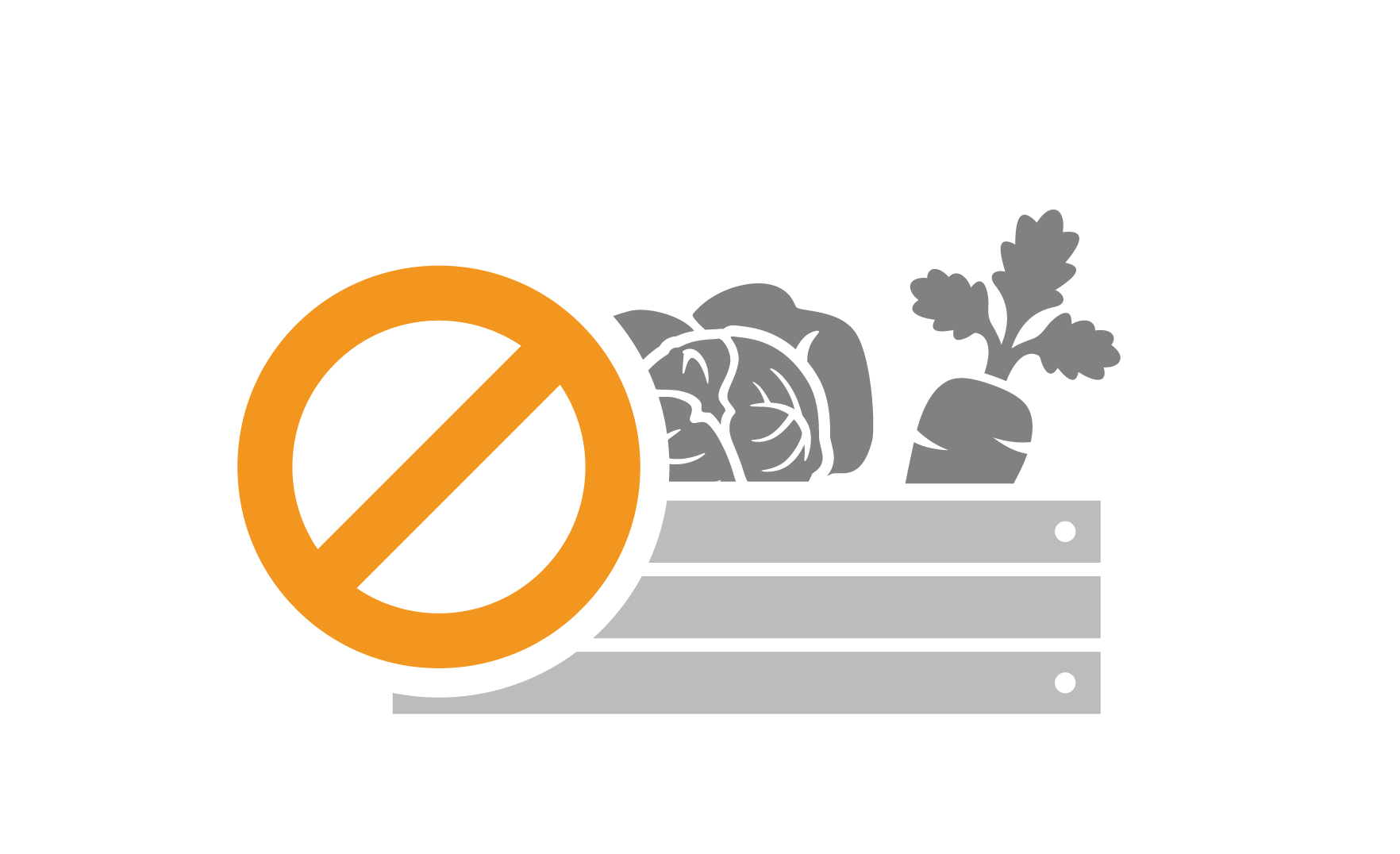
On areas or surfaces not listed on the product label
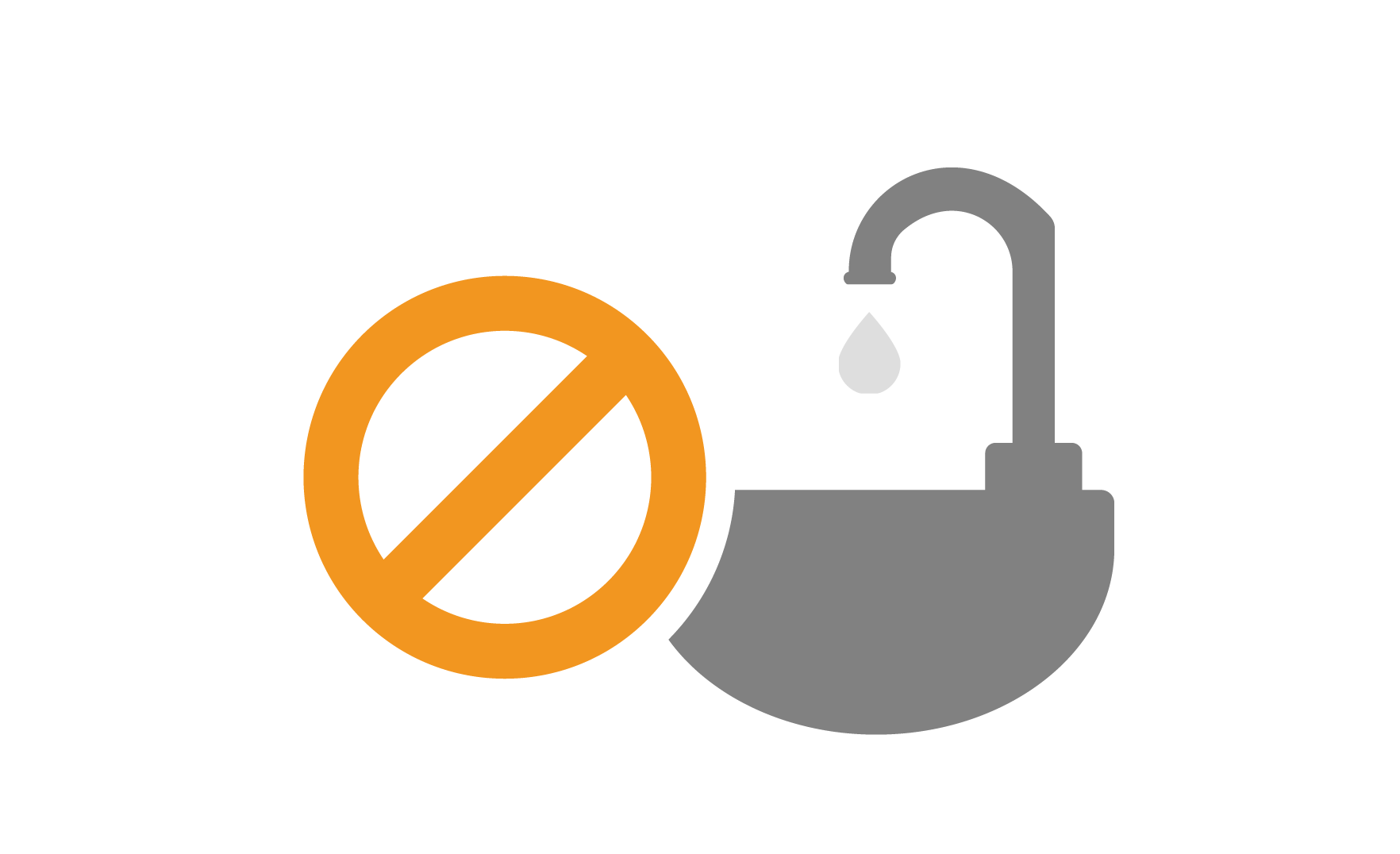
Down a sink, toilet, storm drain, or sewer
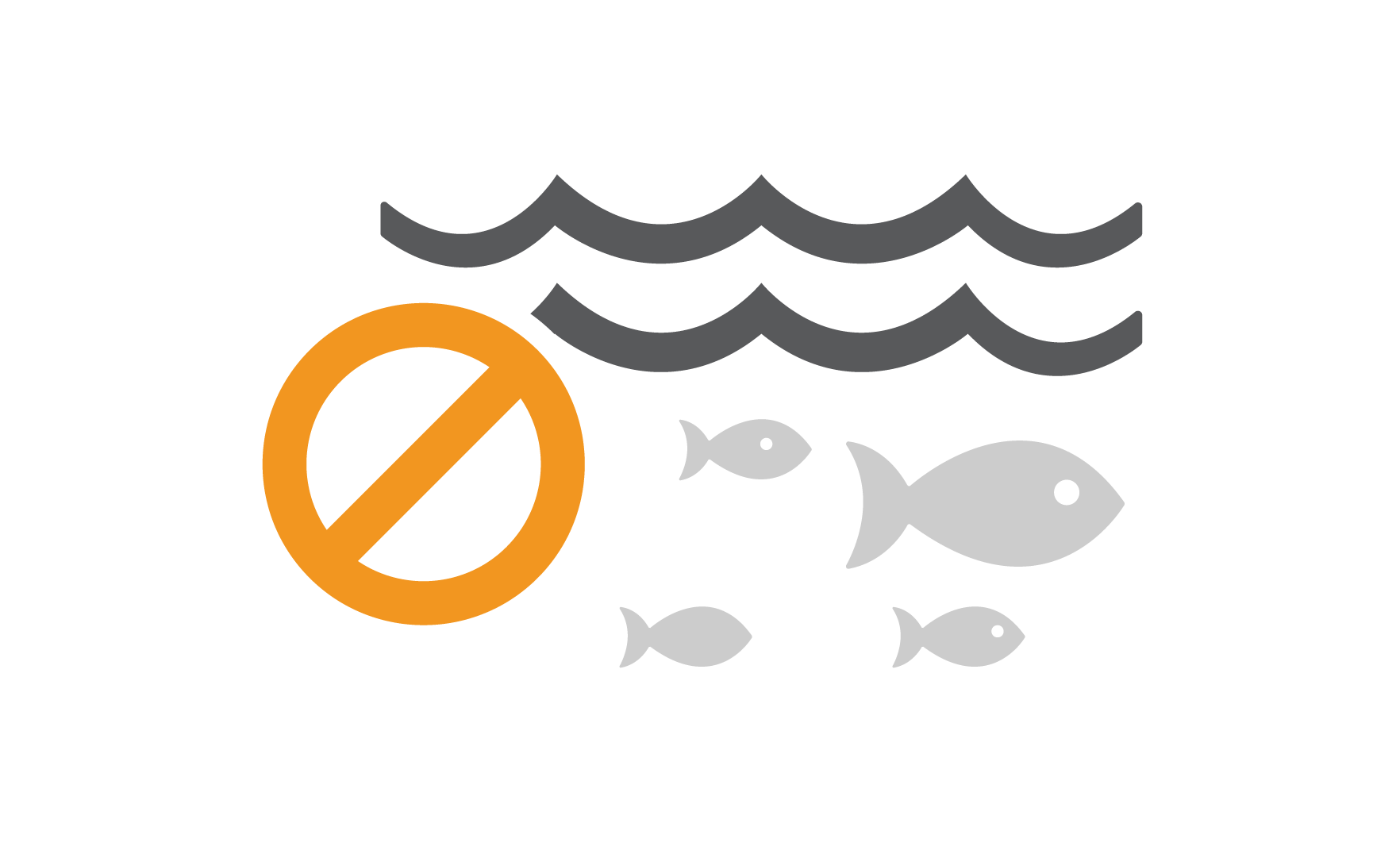
Near wells, ponds, rivers or lakes. This will help prevent contamination of groundwater and surface water
If your pesticide comes in concentrated form, you can reduce waste by mixing only the quantity of pesticide you need for each application. If you have extra material remaining – apply the product in additional areas according to label uses. Additionally, do not store excess mixed product in the sprayer or other container.
It’s not just the waste pesticide product itself that requires special handling. You should always handle empty pesticide containers according to the label. Also, never reuse empty pesticide containers.
When cleaning pesticide application equipment, triple rinse handheld sprayers and other equipment at the treatment location site, so any residue stays within the application area.
BASF recommends that you contact your local waste collection facility to see if it accepts pesticide waste, left-over or obsolete product, and/or used pesticide containers. Also, remember to comply with all local, state and federal laws regarding pesticide handling and disposal.
Here are some helpful resources on the topic of pesticide waste disposal:
E: Effective and Safe Storage
Just as with the other aspects of pesticide use, the label will give you all of the information you need on how to safely and effectively store the pesticide before and after use. Pesticides must be stored in their original container with an intact and legible product label, and containers must be securely closed when not in use.
BASF recommends that you follow these tips for responsible pesticide storage:

Always store pesticides in a locked cabinet or shed that is well-ventilated and safely protected from children, pets and food products.
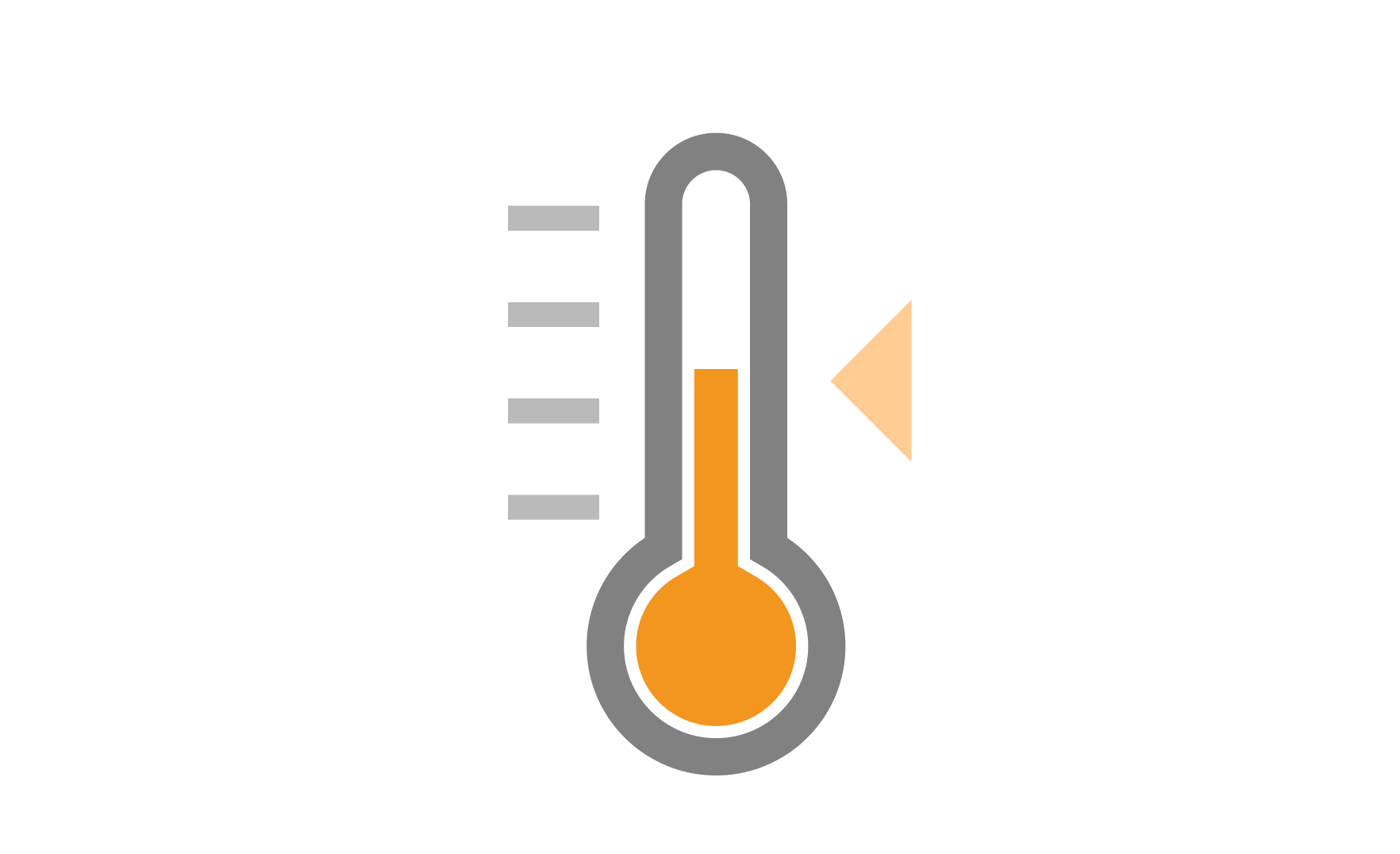
The storage location should be protected against extreme heat or cold (above 120°F and below freezing), direct sunlight, heat sources, open flames and flooding.
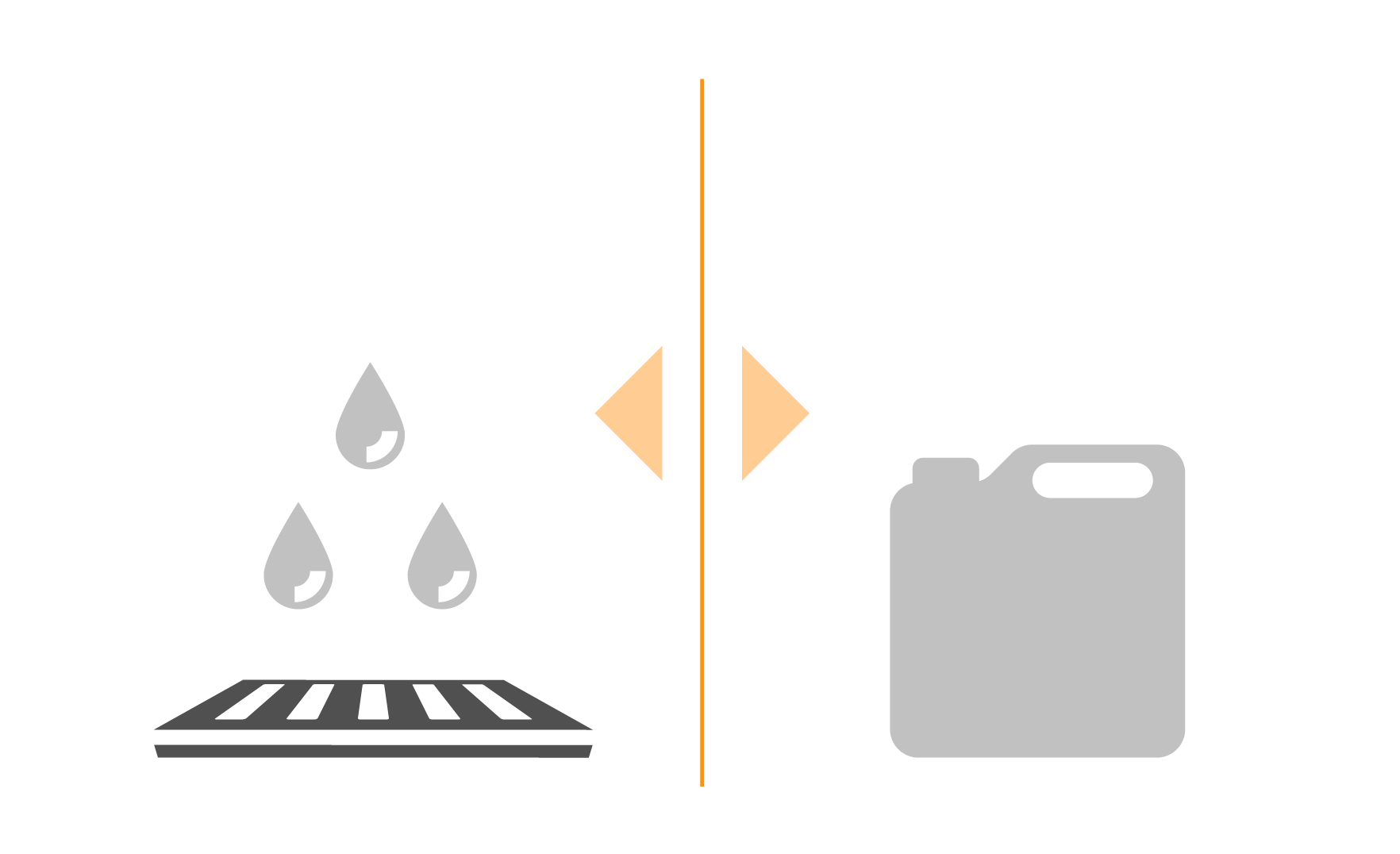
Store pesticides away from drains, wells and bodies of water where potential leaks could contaminate surface water and groundwater.
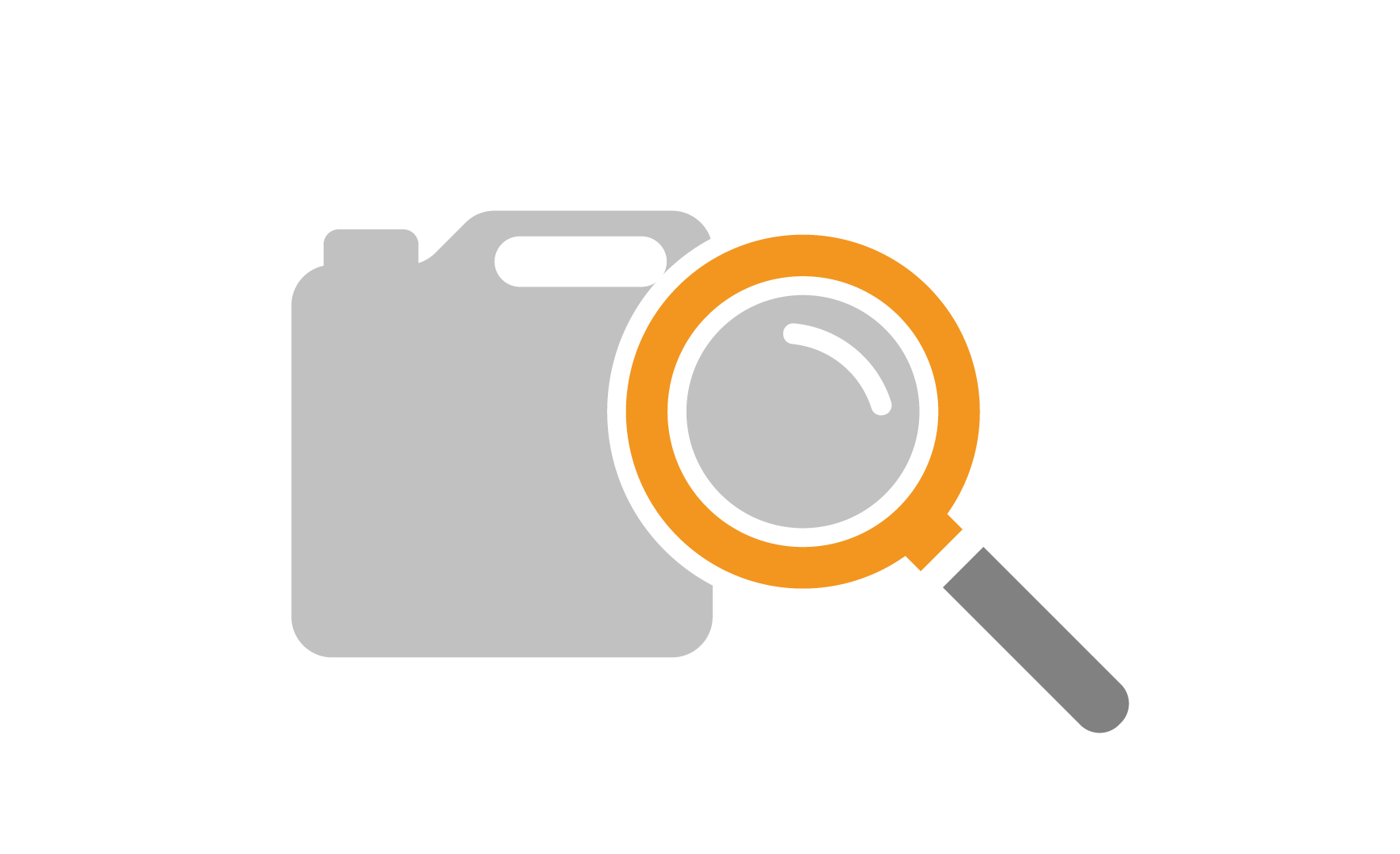
Periodically inspect containers for leaks or damage.
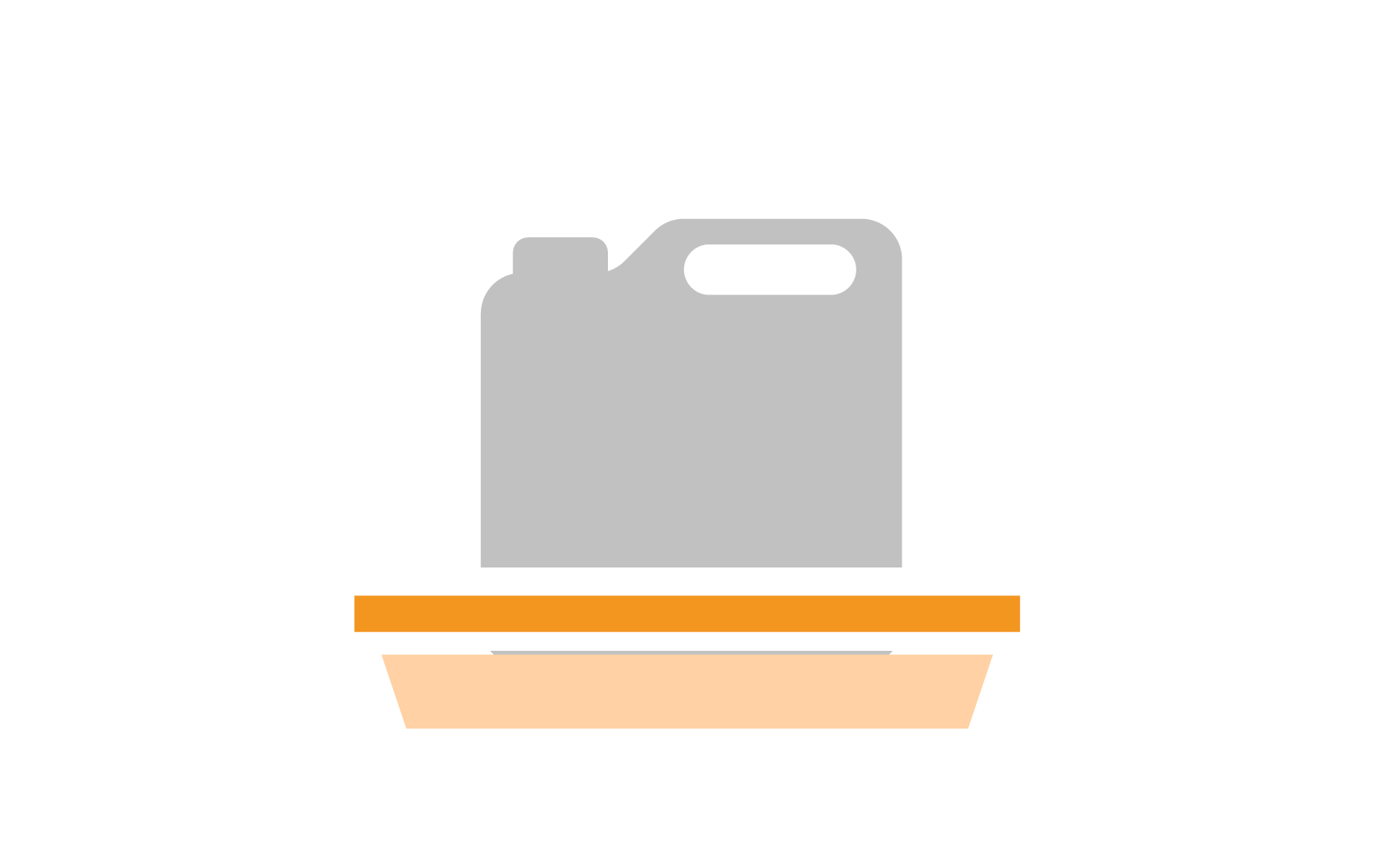
For extra precaution, store the original pesticide container in a drip pan, dish/tray with edges or other secondary container that can catch spills or leaks.
A few DO NOTS on pesticide storage:
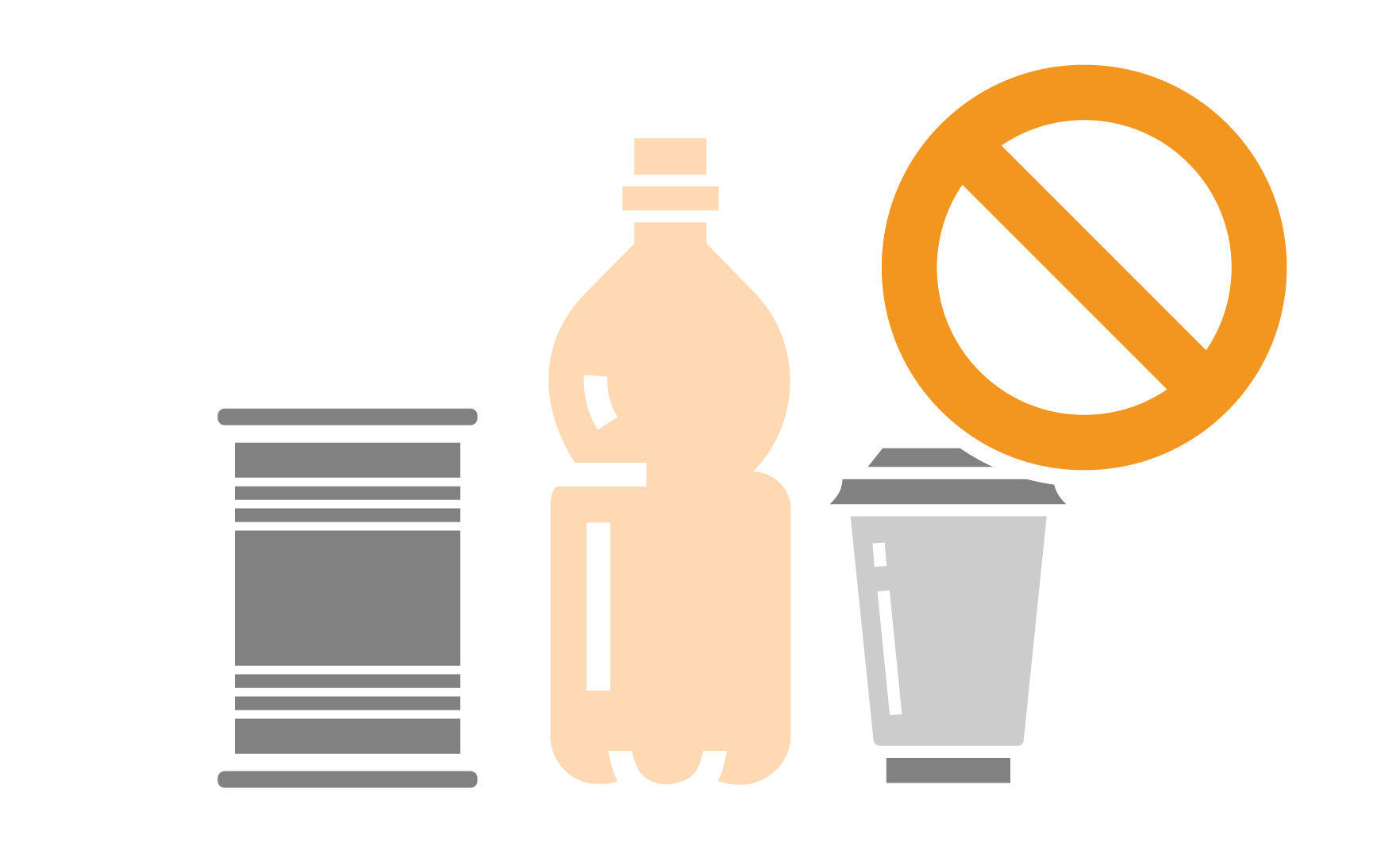
DO NOT store pesticides in non-original containers, and never in food or beverage containers.

DO NOT store pesticides in cabinets with food or animal feed
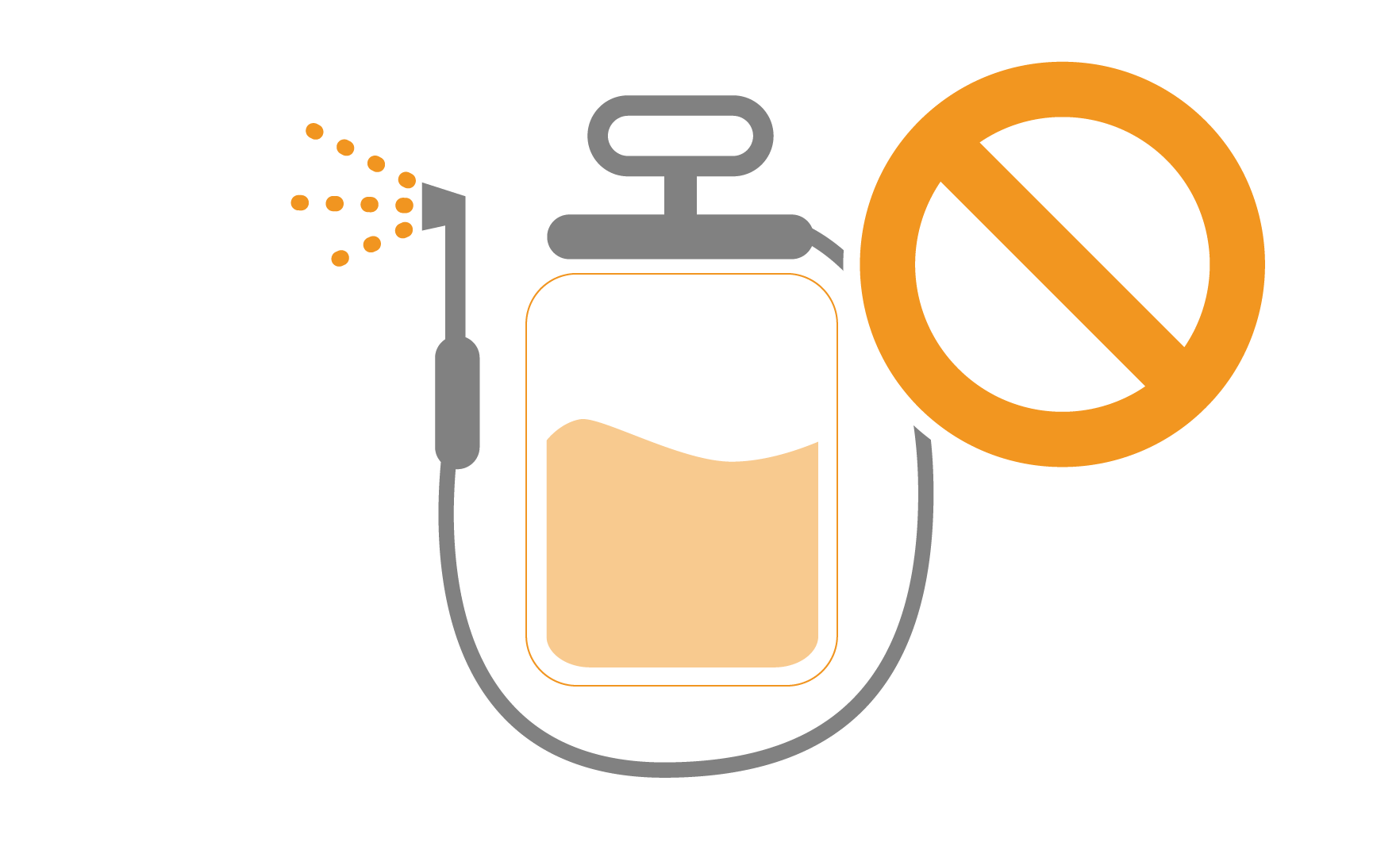
If you use sprayers or other equipment for the pesticide application, DO NOT store the pesticide and water mixture in such equipment. Only mix what you need and properly dispose of any extra. Mixed pesticides do not have the same shelf life as the concentrated product.
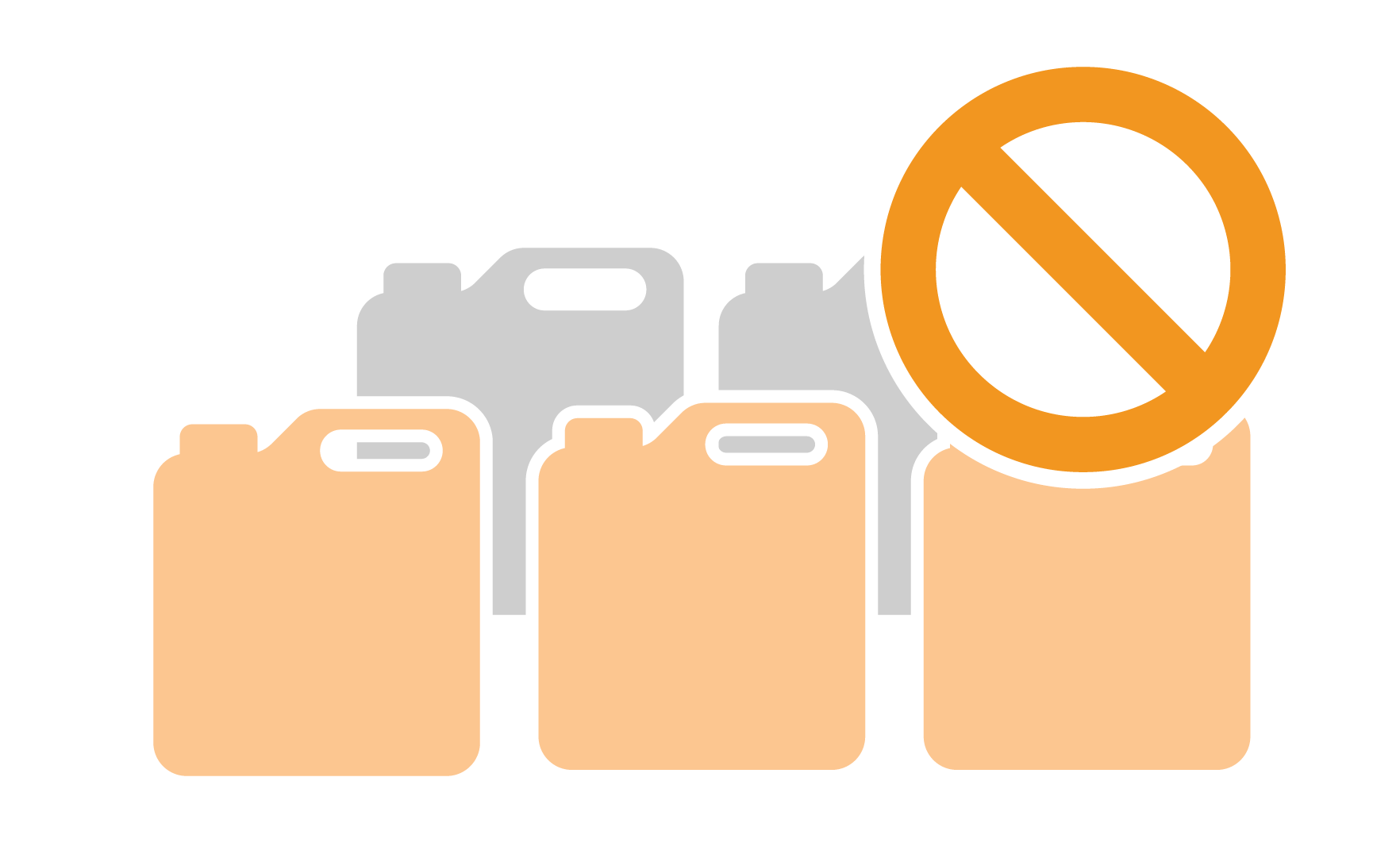
DO NOT stockpile pesticide products. Buy only the pesticide products you need today or within the next few days.
Helpful resources on the topic of pesticide storage:
R: Resources
When using pesticides, remember that your greatest source of information is the label. That’s why the EPA requires all pesticide labels to use the following wording:
ALWAYS READ AND FOLLOW LABEL DIRECTIONS.
If you would like further information, in addition to the links found in the other sections above, these additional resources may be of benefit to you as you apply pesticides:
- The Pyrethroid Working Group: A Pesticide Industry Alliance
- United States Environmental Protection Agency (EPA)
- Citizen's Guide to Pest Control and Pesticide Safety
- University of Georgia Extension
- National Pesticide Information Center
- National Pesticide Information Center: Before You Control Your Pest
- Pesticide Environmental Stewardship: Homeowner's Guide
- Pesticide Environmental Stewardship: Personal Protective Equipment
- Responsible Industry for a Sound Environment
- Rodenticide Stewardship Training for Pest Management Professionals
______________________________________________________________________________________________________________________________________________________________
Finally, If you have questions about any BASF pesticide, we're always here to help.
Contact BASF Technical Support at 1-800-777-8570.
______________________________________________________________________________________________________________________________________________________________
The information contained in this website is provided only as general information, which may be incomplete or outdated. The materials are presented without any representation or warranty whatsoever regarding the accuracy or completeness of the information.
This website contains links to other, third-party websites. Such links are provided only for the convenience of the reader, user, or browser; BASF does not endorse, support, control, or provide any content or information at these sites, makes no representation or warranty of any kind with respect to these sites or their content, and is not responsible for the accuracy or reliability of such content or information.
BASF disclaims all liability for actions you take or fail to take based on any content on this webpage or any linked third-party website.

